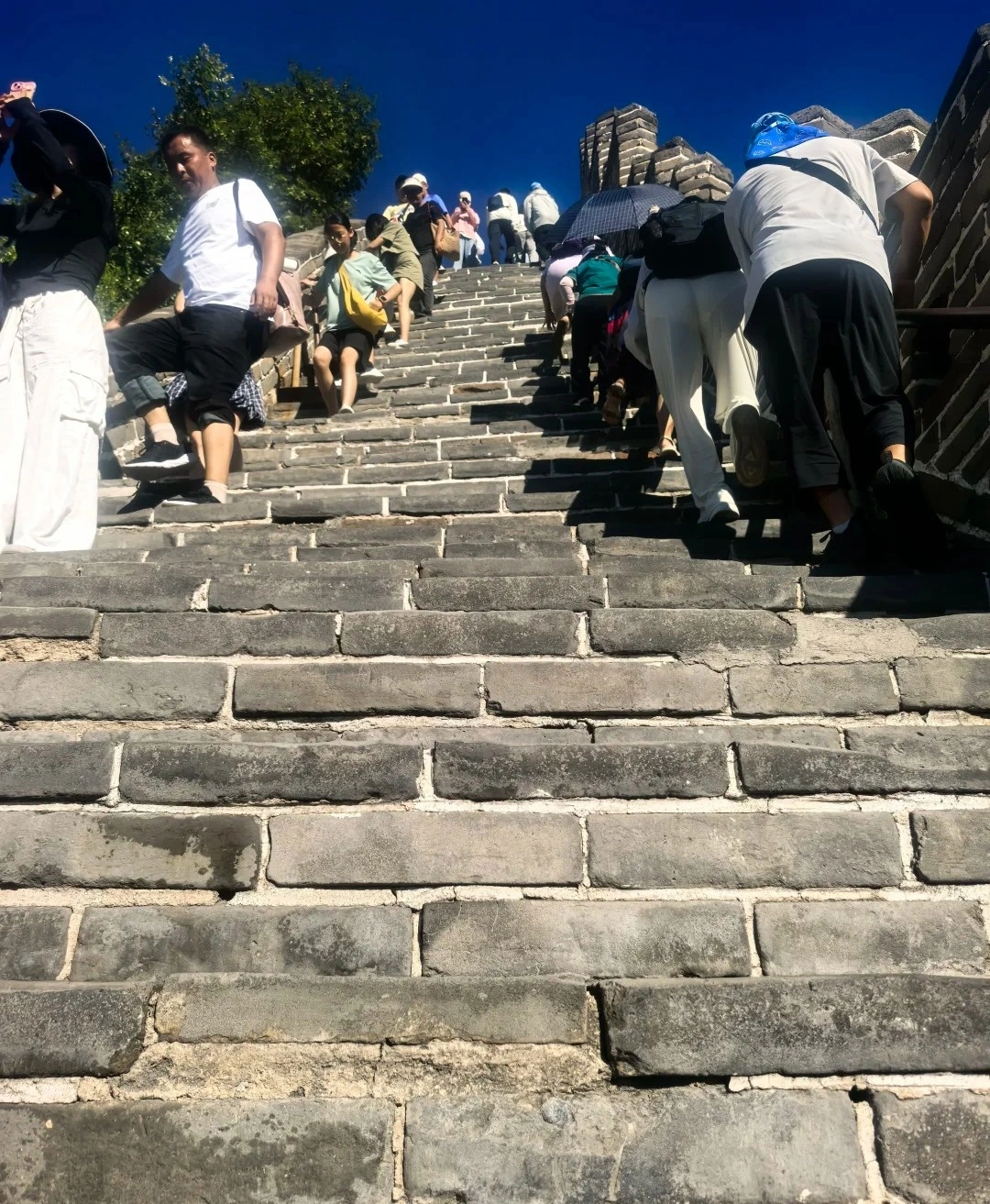Samye Monastery
Historical Overview
- 779 CE: Established by Shantarakshita, marking Buddhism’s official introduction to Tibet.
- 8th–9th Century: Flourished under King Trisong Detsen, becoming a hub for translators like Vairotsana.
- 13th Century: Rebuilt after a fire, adopting Yuan Dynasty architectural influences.
- 1966–1976: Severely damaged during the Cultural Revolution; partial restoration began in the 1980s.
- 2010s: Initiated a digitization project to preserve 1,000+ ancient thangkas and manuscripts.
Structural Layout
The monastery follows a cosmic mandala design:
- Central Temple (Utse): A 9-story structure symbolizing Mount Meru, with 1,000 Buddhas enshrined.
- Four Directional Temples:
- East: Jampa Lhakhang (Maitreya Temple).
- South: Rinchen Lhakhang (Jewel Temple).
- West: Trulnang Lhakhang (True Reality Temple).
- North: Dharma Palace.
- Outer Ring:
- 108 Chapels: Representing the 108 delusions in Buddhist cosmology.
- Great Stupa: A 30-meter-high structure housing relics of Shantarakshita.
- Protective Wall: Encircles the complex, with 1,000 miniature stupas.
Major Attractions
- Utse Temple: Climb to the rooftop for panoramic views of the Himalayas and Cho Dorge Lake.
- Four Directional Temples: Study the unique blend of Indian (shikara) and Tibetan (flat-roofed) architectural styles.
- Great Stupa: Circumambulate the stupa while chanting mantras, a sacred practice for pilgrims.
- Ancient Murals: Over 500 Yuan-era frescoes depicting Jataka tales and Tibetan kings.
- Monk’s Debate Courtyard: Witness daily philosophical debates (8:30–9:30 AM).
Suggested Itineraries
-
Classic Route (3 hours):
Entrance → Utse Temple → Four Directional Temples → Great Stupa → Exit.
Highlights: Core architecture and spiritual vibe. -
Extended Route (4–5 hours):
Entrance → Utse Temple → Murals Corridor → Great Stupa → Cho Dorge Lake → Return.
Highlights: Scenic views and cultural immersion. -
Comprehensive Route (Full Day):
Entrance → Morning Debate Session → Utse Temple Exploration → Four Directional Temples → Great Stupa → Local Village Visit → Evening Chanting.
Highlights: In-depth religious and cultural experience.
Ticket Purchase
- On-Site: CNY50 (adults), CNY25 (students/seniors). Free for children under 1.2m, disabled visitors, and military personnel.
- Online: Book via Ctrip or WeChat mini-programs (up to 7 days in advance).
- Packages:
- Spiritual Bundle: CNY120 (guided tour, debate session).
- Photography Pass: CNY80 (access to restricted mural areas).
- By Bus: Daily buses from Lhasa’s West Zangba Station (08:00, 14:00) to Samye Village (CNY30, 2.5 hours). Return buses depart next day.
- By Taxi: Direct ride from Lhasa (CNY200, 2 hours).
- By Car: Self-drive via G560 Highway (130 km from Lhasa).
Best Time & Tips
- Peak Season: April–October (mild weather, clear skies).
- Avoid Crowds: Visit in May or September for quieter exploration.
- Essentials:
- Carry valid ID for ticket purchases.
- Wear modest clothing (shoulders/knees covered).
- Respect monastic rules: walk clockwise around stupas, avoid pointing at deities.
- Prohibited Items: Drones, large bags, and political banners.
Contact Us
What Our Clients Say?
Based on 10,000+ traveler reviews














